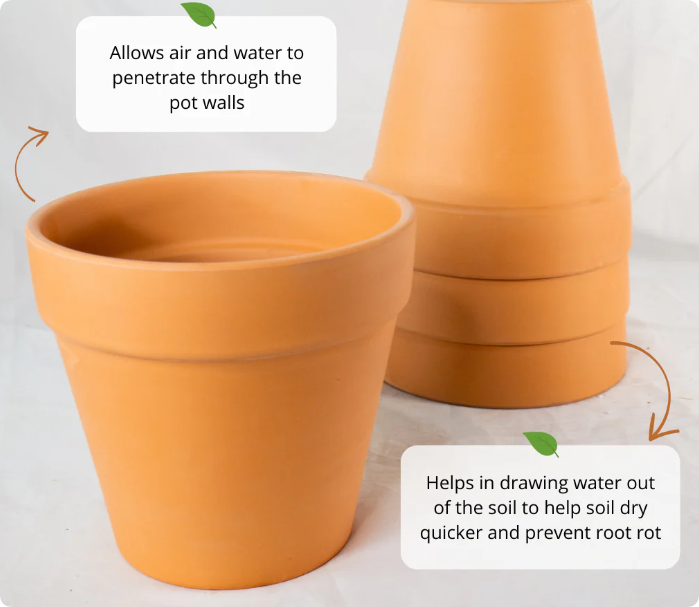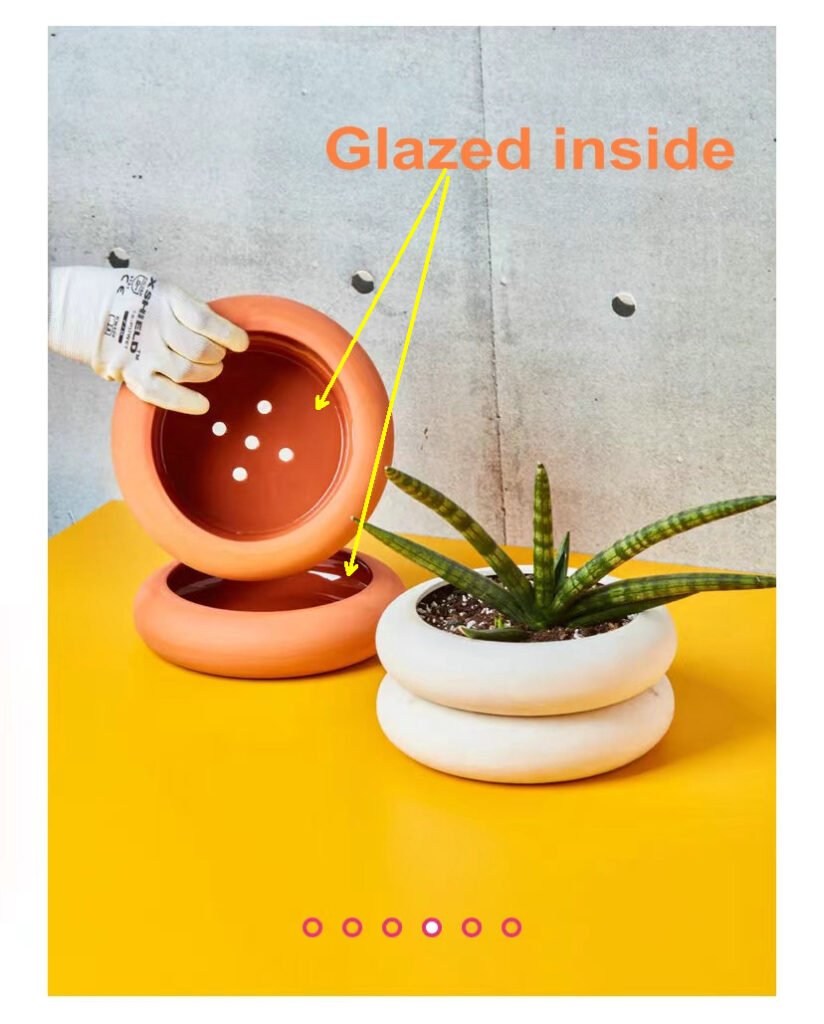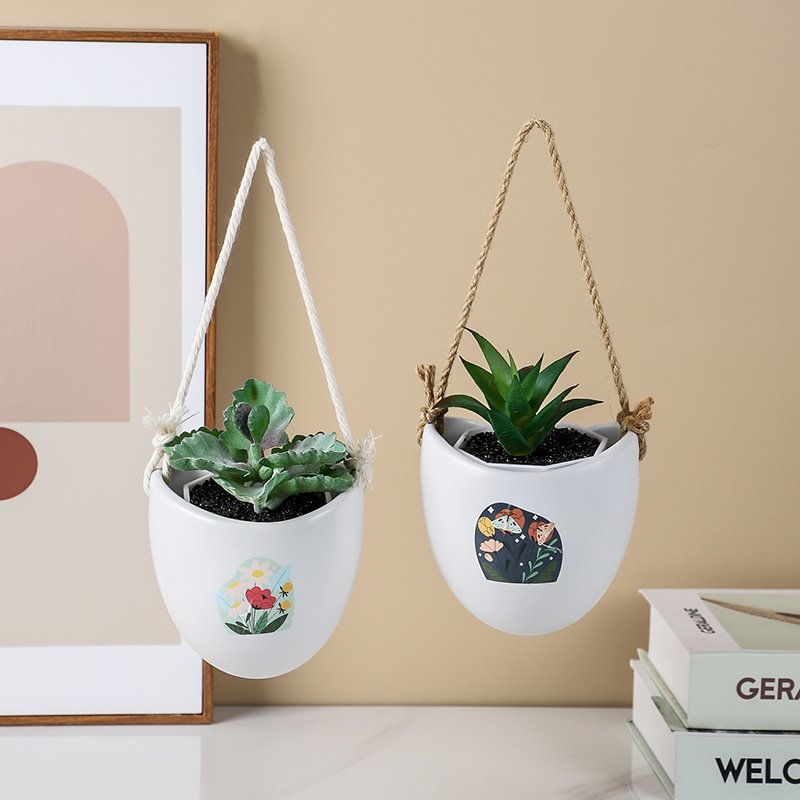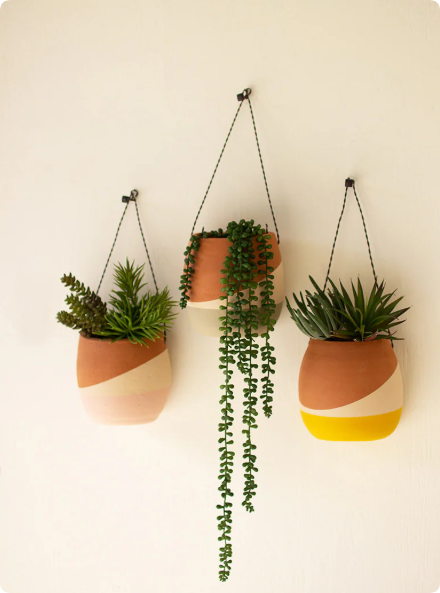Ceramic pots are a popular choice for gardeners and home decorators, prized for their aesthetic appeal and versatility. However, one question often arises: Do ceramic pots absorb water? Understanding the water absorption properties of ceramic pots is crucial for plant care and procurement decisions in both personal and business contexts. This comprehensive guide will delve into the science, benefits, drawbacks, and practical advice on ceramic pots’ water absorption properties.
What Are Ceramic Pots?
Ceramic pots are containers made from natural clay that has been shaped and fired in a kiln. They come in various types based on the finishing process, such as:
- Glazed Ceramic Pots: These have a smooth, often colorful coating that seals the surface.
- Unglazed Ceramic Pots: Also known as terracotta, these have a porous surface that can absorb water.
Each type serves distinct purposes in gardening and decor, making it essential to understand how they interact with water.
How Do Ceramic Pots Absorb Water?
The key factor that determines whether ceramic pots absorb water is their finish:
- Unglazed Pots: The porous nature of unglazed ceramic allows water to seep into the pot walls. This can help regulate soil moisture, as excess water evaporates through the pot’s surface.
- Glazed Pots: The glazing process creates a non-porous barrier, preventing water absorption. These are ideal for plants requiring stable moisture levels.
The Science Behind Water Absorption
Ceramic is made from clay, which contains tiny capillaries. In unglazed pots, these capillaries allow water to pass through, enabling both absorption and evaporation. This characteristic impacts plant health and the pot’s longevity.

Pros and Cons of Water Absorption in Ceramic Pots
Understanding the advantages and disadvantages can guide your selection of ceramic pots based on your needs.
| Aspect | Unglazed Ceramic Pots | Glazed Ceramic Pots |
|---|---|---|
| Water Absorption | High – helps regulate moisture by absorbing excess water. | Low – does not absorb water, retains consistent moisture. |
| Plant Health | Ideal for succulents and cacti requiring well-drained soil. | Suitable for moisture-loving plants like ferns. |
| Durability | More prone to cracking in freezing temperatures. | More resistant to weather changes. |
| Aesthetic Appeal | Rustic and natural appearance. | Bright and customizable colors. |
When to Choose Unglazed vs. Glazed Ceramic Pots
Unglazed Pots
- Best for plants that thrive in well-drained soil, such as succulents and herbs.
- Ideal for regions with hot climates, where evaporation helps keep plants cool.
Glazed Pots
- Suitable for indoor plants requiring consistent moisture, such as peace lilies or ferns.
- Perfect for decorative purposes, as they come in various colors and designs.
Practical Tips for Using Ceramic Pots
- Sealing Unglazed Pots: If you want the aesthetic of unglazed pots without the water absorption, consider applying a waterproof sealant.
- Drainage Holes: Ensure pots have drainage holes to prevent waterlogging, which can harm roots.
- Protecting from Frost: In cold climates, bring unglazed pots indoors during winter to avoid cracking from absorbed water freezing and expanding.
- Cleaning and Maintenance: Regularly clean your ceramic pots to prevent mineral buildup from water absorption.

Market Insights: Ceramic Pot Preferences
For Gardeners
- Unglazed pots are a favorite for outdoor gardens and succulent arrangements.
- Glazed pots dominate indoor gardening due to their decorative appeal.
For B2B Purchasers
- Retailers often stock a mix of unglazed and glazed pots to cater to diverse consumer preferences.
- Export markets in humid regions may prefer glazed pots due to their resistance to moisture.
How to Test a Ceramic Pot’s Absorption
You can test whether a ceramic pot absorbs water using this simple method:
- Submerge the pot in water for 24 hours.
- Remove and inspect the surface:
- If it feels heavier or damp, it’s unglazed and absorbs water.
- If there’s no change, it’s glazed and non-porous.
How to Test Saturation Coefficient | Are My Ceramics Freeze, Frost and Weather Resistant? | Pottery
Conclusion
Ceramic pots’ water absorption properties make them versatile tools in gardening and decor. Unglazed ceramic pots provide breathability, making them ideal for certain plants, while glazed pots offer durability and moisture retention. Whether you’re a gardener or a business buyer, understanding these nuances will help you make informed decisions.
If you’re ready to take your planter business to the next level, reach out to Hale Planter today for consultation and bulk order opportunities.
FAQs
Q: Do ceramic pots dry out soil faster?
A: Yes, unglazed ceramic pots promote faster soil drying due to their porous nature.
Q: Can I use unglazed ceramic pots indoors?
A: Yes, but ensure they are placed on a saucer to catch water seepage.
Q: Are ceramic pots better than plastic pots?
A: Ceramic pots are more breathable and eco-friendly but heavier and more fragile than plastic pots.
By understanding the water absorption characteristics of ceramic pots, you can choose the best option for your needs, ensuring healthier plants and long-lasting containers. Optimize your choices today for better gardening and business outcomes!




